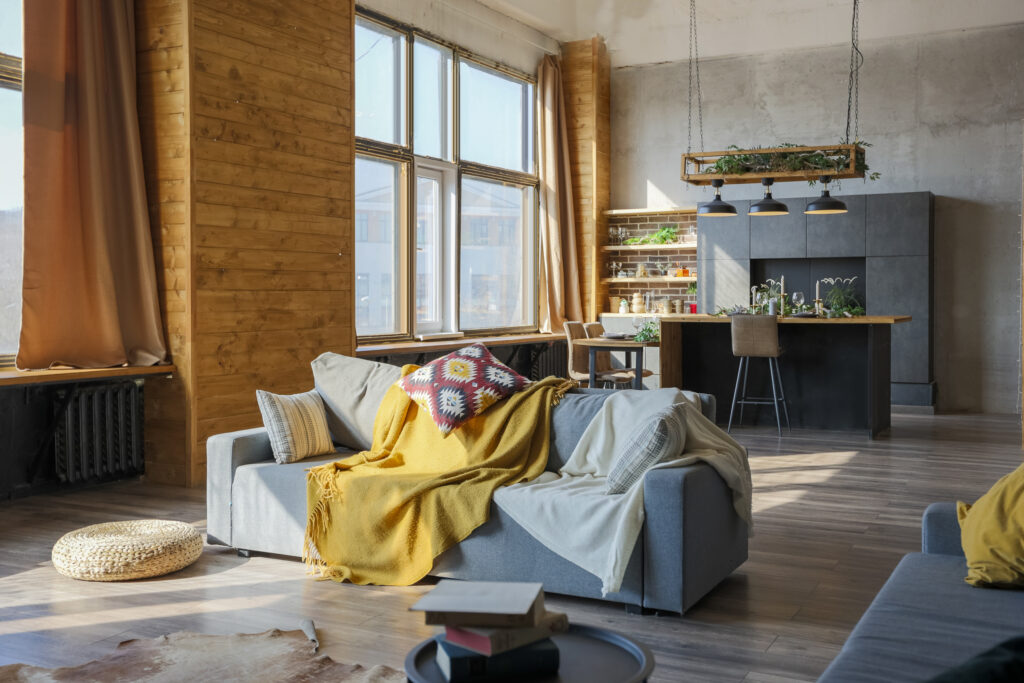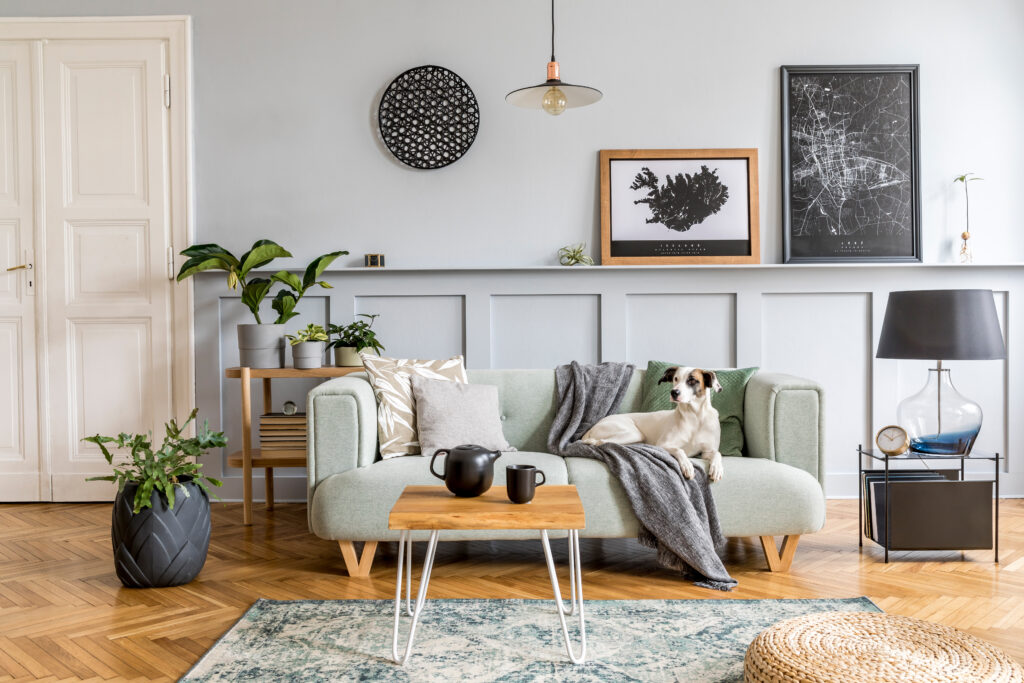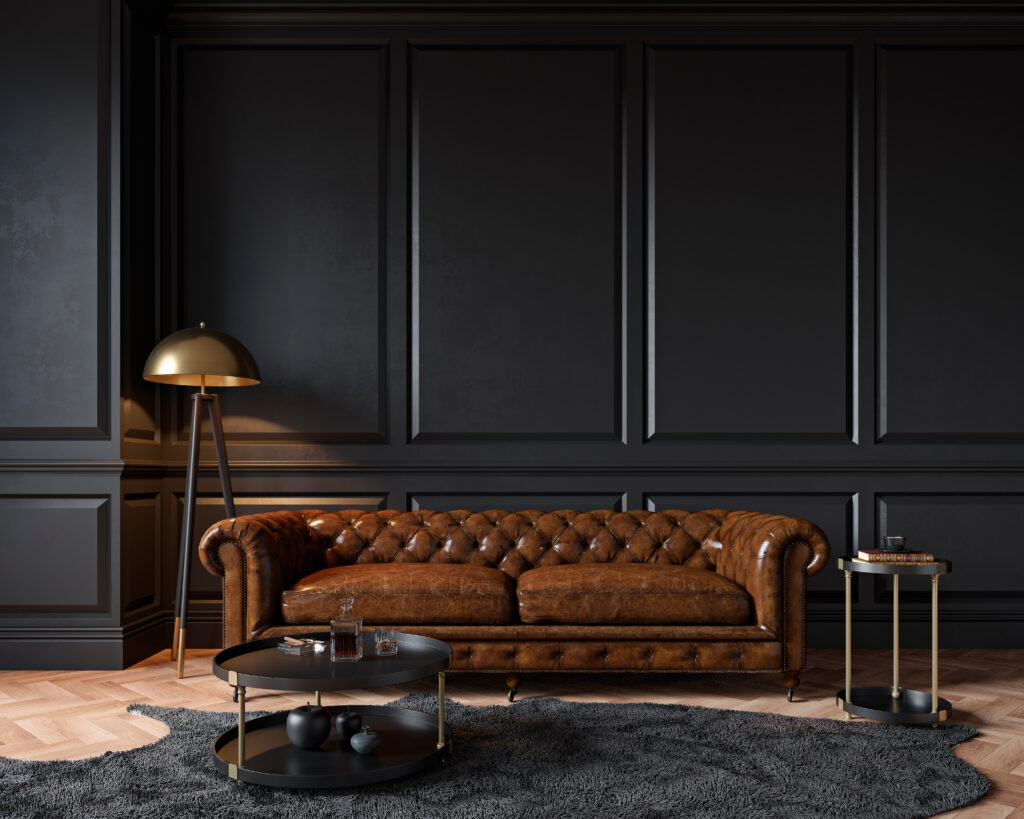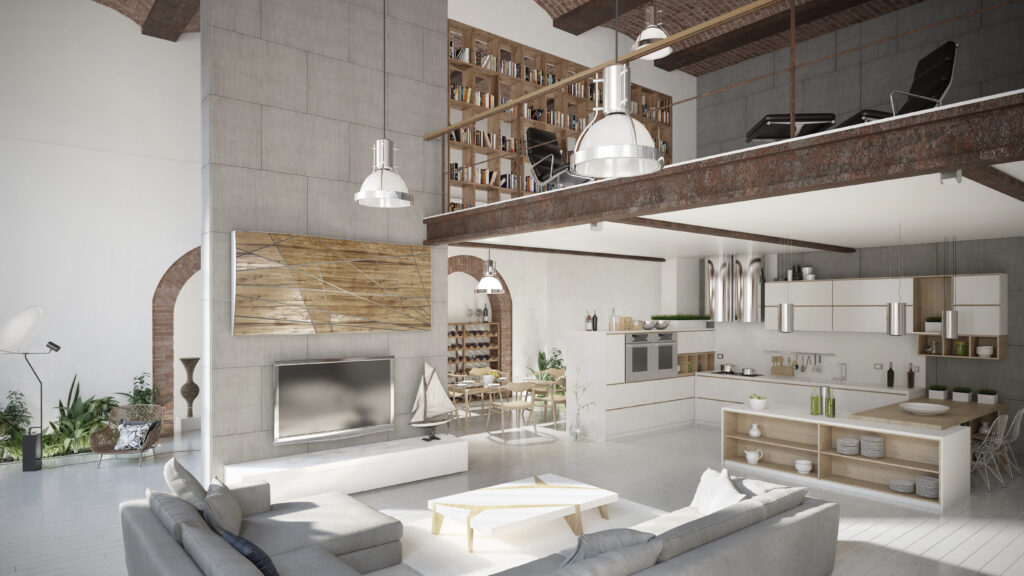Choosing the right paint color for your walls and moldings can be a daunting task, especially when you want to complement the natural beauty of your wood flooring and accents. With so many options available, it can be overwhelming to know where to start. That’s why we’ve compiled expert advice to help you make an informed decision and enhance the charm and depth of any room in your home.
Wood has a timeless appeal that can add warmth and character to any space. Whether you prefer a rustic or modern look, the right paint color can make all the difference in highlighting the beauty of your wood. So, let’s dive into the world of color and explore the tips and tricks that will help you choose the perfect shade for your wood tones.
Think About the Project as a Whole
To ensure a cohesive and well-designed space, it is important to consider all the elements in the room and how they come together. This includes the flooring, furniture, curtains, architectural details, and light sources. Creating a mood board can help you visualize how these elements will work together and ensure that the final result meets your expectations. You can use free tools like Pinterest and Canva to create a mood board that accurately represents the look and feel you want to achieve.
Complement The Undertone
When selecting paint colors for your home, it’s important to consider the underlying hues of your wood tones. If your wood features gray undertones, consider cool paint colors such as subtle blues or soft grays. This will help to create a cohesive and visually pleasing look throughout your home. By selecting paint colors that complement the undertones of your wood, you can elevate the overall appeal of your home and create a space that feels harmonious and welcoming.

Consider A Contrasting Shade
To highlight the natural tones of your wood, consider using a contrasting color. For instance, if your home has dark wood elements like furniture or floors, a lighter wall paint can create a stunning contrast. For a more dramatic look, you can create a dynamic interior with contrasting blue or teal colors such as Canton or Air Force Blue. Using contrasting shades can add depth and character to your home decor.

You Can’t Go Wrong With a Neutral Paint Color
If you’re feeling indecisive about choosing a paint color, neutral hues are a safe bet. White, cream, gray, and beige are all versatile and work well with various wood tones, providing a flexible backdrop for showcasing the natural beauty of your wood furniture. For more specific ideas, consider the chic French Grey or the bold Slaked Lime, which are both versatile and complement most woods. Keep in mind that neutral colors are timeless and can easily be updated with accent pieces and accessories.

Be Inspired by Nature
When it comes to designing your home, there’s no better inspiration than nature. Earth tones like greens, blues, and browns complement wood effortlessly, creating a tranquil and organic ambiance in your space. By incorporating these natural hues, you can create a serene and cohesive atmosphere throughout your home.
If you want to add a pop of green to complement darker woods like walnut or mahogany, use fresher hues like Boxington for a contrasting feel or sumptuous rich greens like Puck for an elegant interior. These colors will work fantastically well with darker woods, creating a harmonious and inviting feel.

Pair Dark Wood With a Similar Shade
To create a warm and inviting atmosphere in your dining room or den, consider painting the walls a rich, timeless color like Little Greene’s Baked Cherry. This deep and warm shade complements dark wood furniture and creates a cozy, romantic ambiance. By pairing similar shades, you can create a cohesive and elegant look in any room.


